Understanding Our Digestive System
- What is the digestive system?
- Why is digestion important?
- How does digestion work?
- Food Movement in the GI Tract
- Breaking Down Food in the GI Tract
- What happens to the digested food molecules?
- How is the digestive process controlled?
- Summary
What is the digestive system?
The digestive system consists of the gastrointestinal (GI) tract, which is a long tube from the mouth to the anus. The GI tract includes organs such as the mouth, esophagus, stomach, small intestine, large intestine (including the rectum), and anus. Organs like the liver, pancreas, and gallbladder are also part of the digestive system. Together, these organs work to help the body digest food.

Bacteria in the GI tract, known as gut flora or microbiome, aid in digestion. Additionally, components of the nervous and circulatory systems contribute to the digestive process. Through the combined efforts of nerves, hormones, bacteria, blood, and digestive organs, the body efficiently digests the foods and liquids ingested daily.
Why is digestion important?
Digestion is crucial because it breaks down food into nutrients that the body needs for energy, growth, and repairing cells. Before these nutrients can be absorbed into the bloodstream and distributed to cells throughout the body, food and liquid must be converted into smaller molecules. The body then processes these nutrients from food and drink into carbohydrates, proteins, fats, and vitamins.
How does digestion work?
Digestion functions by guiding food through the GI tract. It commences in the mouth through chewing and concludes in the small intestine. Throughout its journey, food blends with digestive juices, breaking down large food molecules into smaller ones. These smaller molecules are then absorbed through the walls of the small intestine into the bloodstream, where they are transported throughout the body. Leftover waste from digestion travels through the large intestine and exits the body as solid stool.
Food Movement in the GI Tract
The GI tract organs have muscles in their walls that help them move. This movement, known as peristalsis, pushes food and liquid through the GI tract and mixes everything inside each organ.

- Mouth:Food starts moving through your GI tract when you eat. As you swallow, your tongue pushes the food into your throat. A small piece of tissue, called the epiglottis, covers your windpipe to prevent choking, and the food moves into your esophagus.
- Esophagus: Swallowing becomes automatic once you start. Your brain tells the muscles of the esophagus to begin a process called peristalsis.
- Lower esophageal sphincter: When food reaches the end of your esophagus, a ring-like muscle called the lower esophageal sphincter relaxes, allowing food to enter your stomach. This muscle usually stays closed to prevent stomach contents from going back up into the esophagus.
- Stomach: Once food is in your stomach, its muscles mix the food and liquid with digestive juices. The stomach gradually empties its contents, known as chyme, into your small intestine.
- Small intestine: The muscles in the small intestine blend food with digestive juices from the pancreas, liver, and intestine, and push the mixture forward for further digestion. The walls of the small intestine absorb water and digested nutrients into your bloodstream. Peristalsis keeps moving waste products from digestion into the large intestine.
- Large intestine: Waste products from digestion include undigested food parts, fluid, and old cells from your GI tract lining. The large intestine absorbs water and turns the waste into stool. Peristalsis helps push the stool into your rectum.
- Rectum: The rectum, at the lower end of your large intestine, stores stool until it's ready to be expelled from your body during a bowel movement.
Breaking Down Food in the GI Tract
Digestive juices in each organ of the GI tract contain enzymes, which accelerate chemical reactions to break down food into various nutrients.
- Salivary Glands: Saliva moistens food for easier passage and contains enzymes that begin breaking down starches.
- Stomach: Glands in the stomach lining produce stomach acid and enzymes that digest proteins.
- Pancreas: Produces a juice with enzymes that break down carbohydrates, fats, and proteins, delivering it to the small intestine.
- Liver and Gallbladder: Liver produces bile, stored in the gallbladder and released into the small intestine to aid in fat digestion.
-
Small Intestine: Digestive juice, along with pancreatic juice and bile, complete digestion. Proteins and starches break down into absorbable molecules. Bacteria in the small intestine aid in carbohydrate digestion.

What happens to the digested food molecules?
The small intestine is responsible for absorbing most of the nutrients from your food. These nutrients are then carried by your circulatory system to different parts of your body for storage or use. Special cells in the intestinal lining help transfer absorbed nutrients into your bloodstream. Once in your bloodstream, simple sugars, amino acids, glycerol, and certain vitamins and salts are transported to the liver. In the liver, these nutrients are stored, processed, and distributed to the rest of your body as needed.
The lymphatic system, a network of vessels that transport white blood cells and a fluid called lymph throughout your body to fight infections, absorbs fatty acids and vitamins.
Your body utilizes sugars, amino acids, fatty acids, and glycerol to create essential substances required for energy, growth, and cell repair.
How is the digestive process controlled?
Your body regulates the digestive process through a combination of hormones and nerves, which work together to ensure everything runs smoothly. Signals pass within your GI tract and between your GI tract and brain.
- Hormones: Cells in your stomach and small intestine produce and release hormones that govern digestive functions. These hormones regulate the production of digestive juices and communicate hunger or fullness signals to your brain. Additionally, your pancreas releases hormones crucial for digestion.
- Nerves: Nerves connect your central nervous system (brain and spinal cord) to your digestive system, controlling various digestive functions. For instance, when you encounter food, your brain signals your salivary glands to produce saliva, preparing you for eating.
You also have an enteric nervous system (ENS) embedded in the walls of your GI tract. When food stretches these walls, the nerves in your ENS release substances that influence the movement of food and production of digestive juices. These nerves also regulate the contractions of your gut muscles, facilitating the movement of food through your intestines.
Summary:
- Digestion is essential for breaking down food into nutrients used by the body for energy, growth, and cell repair.
- Digestion progresses by moving food through the gastrointestinal (GI) tract.
- It commences in the mouth with chewing and concludes in the small intestine.
- Food mixes with digestive juices along the GI tract, breaking down large molecules into smaller ones.
- Smaller molecules are absorbed through the small intestine walls into the bloodstream, delivering nutrients throughout the body.
- Waste products pass through the large intestine and are excreted as stool.
- Digestive juices contain enzymes facilitating the breakdown of food into different nutrients.
- The small intestine primarily absorbs digested food molecules, water, and minerals, forwarding them to other body parts for storage or further chemical changes.
- Hormone and nerve regulators oversee the digestive process.
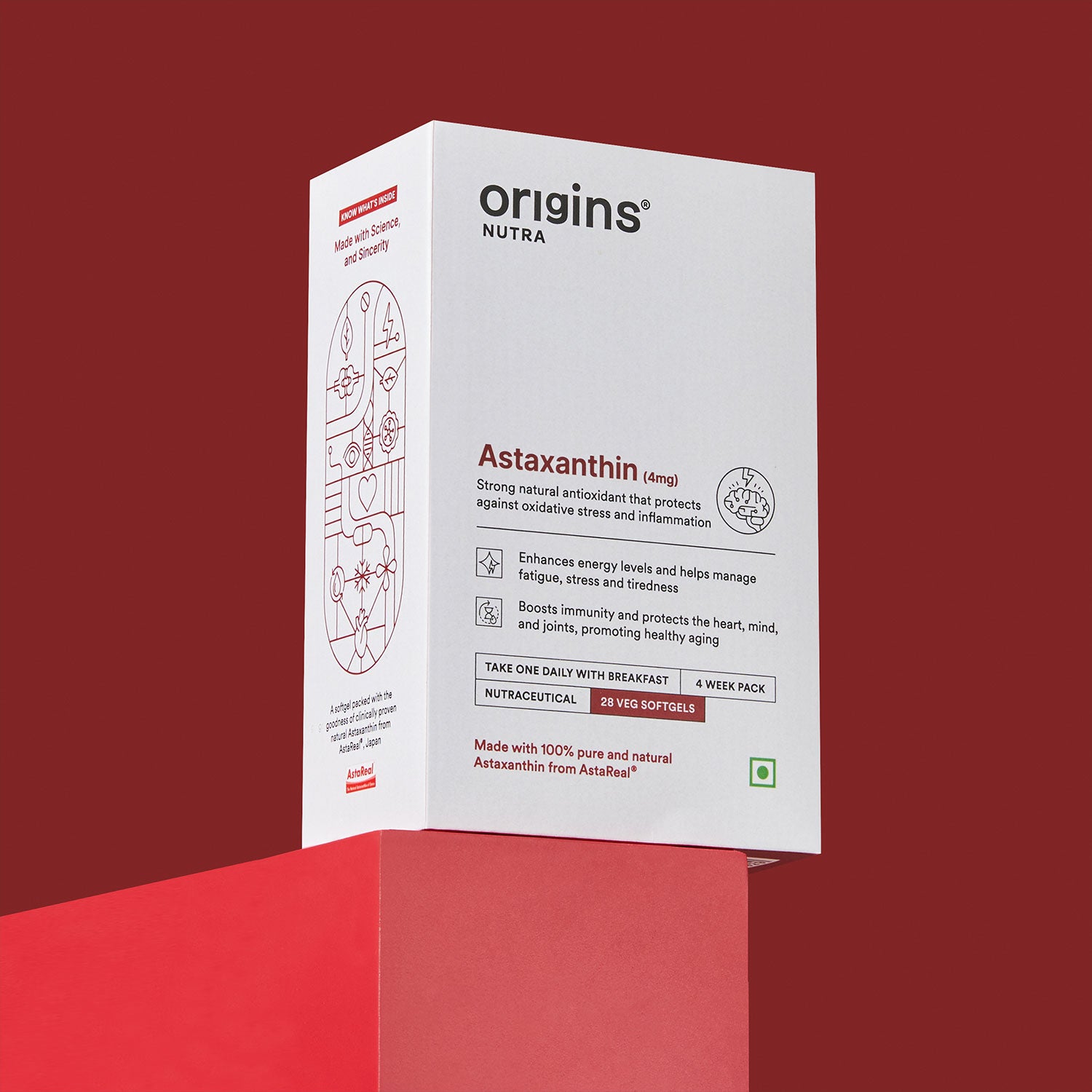
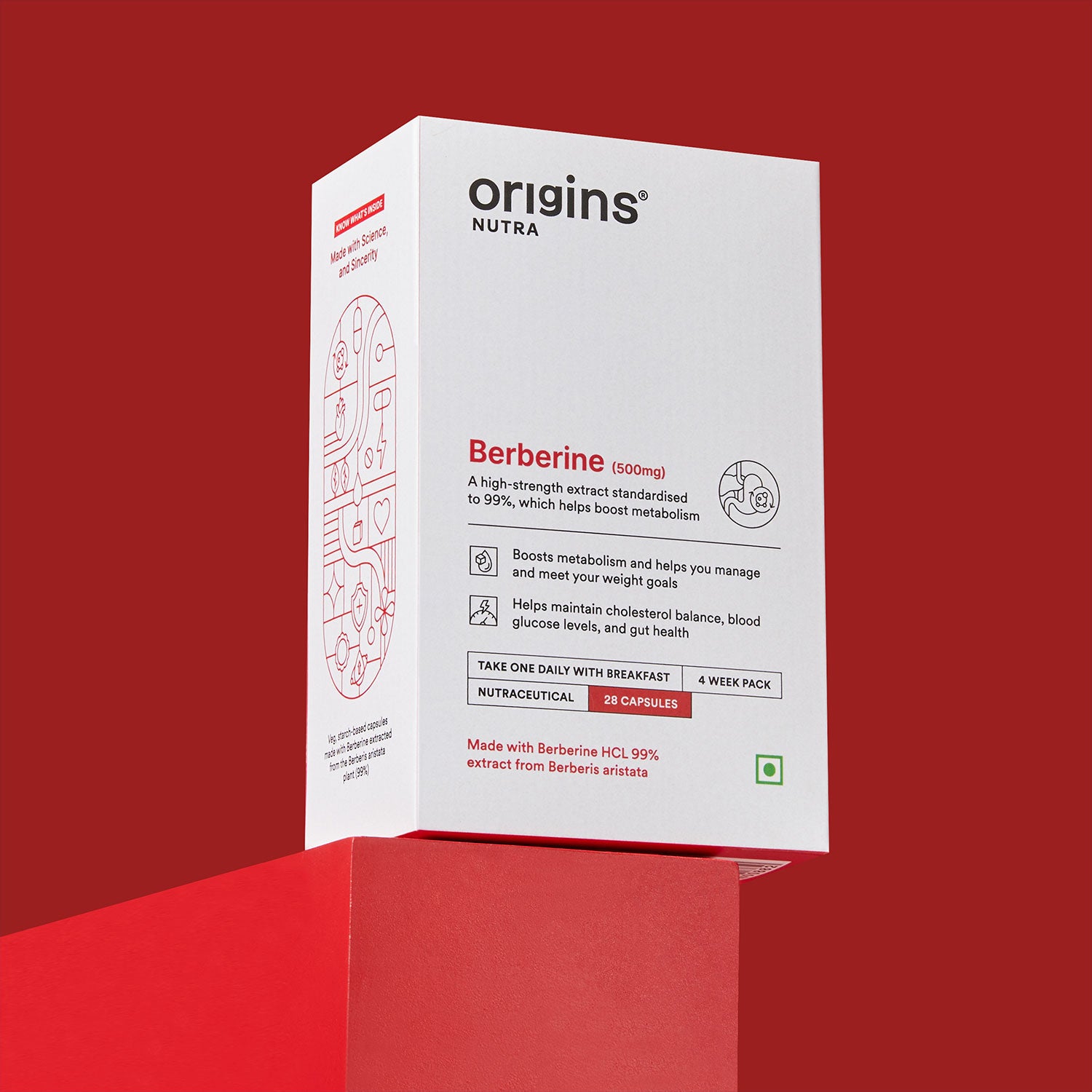
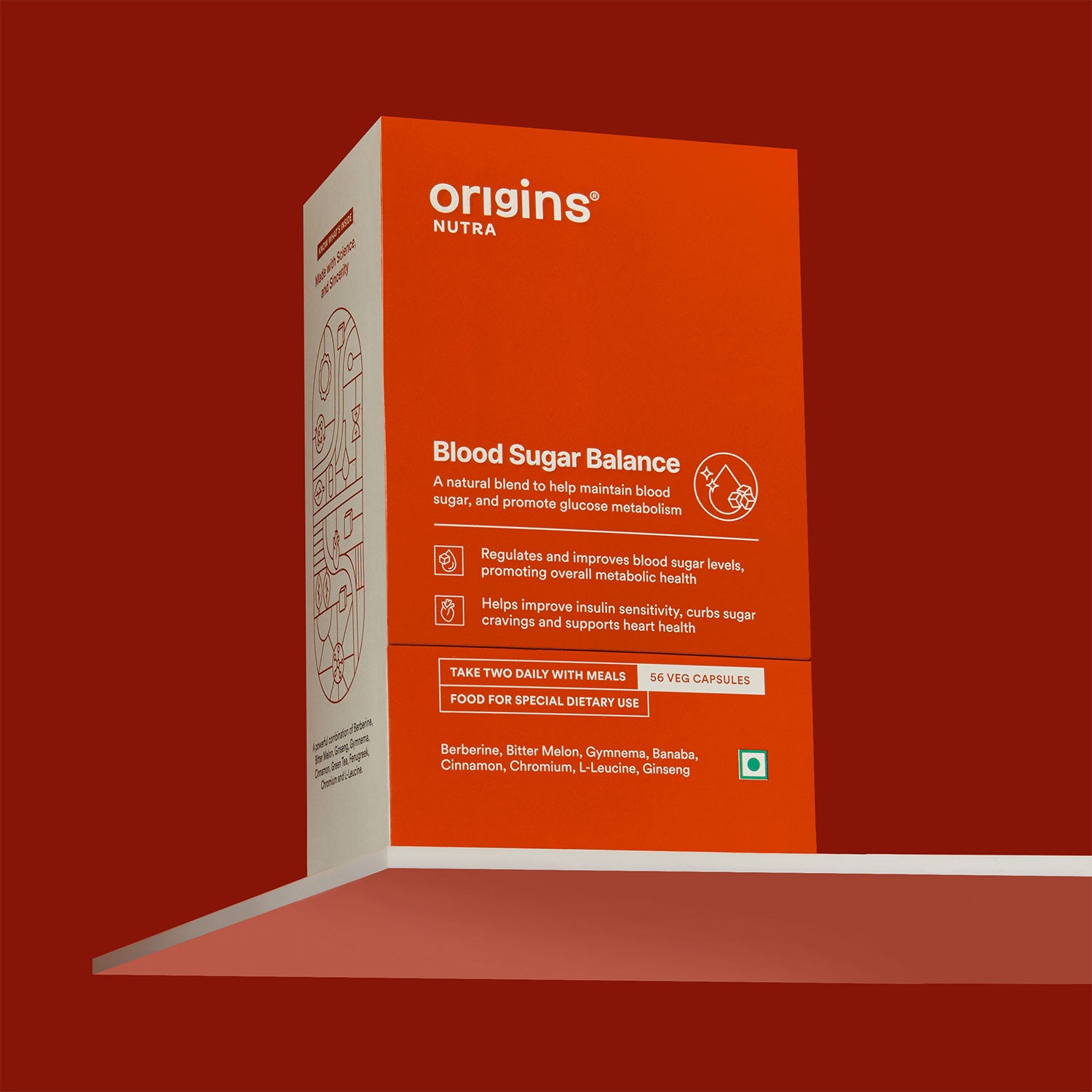
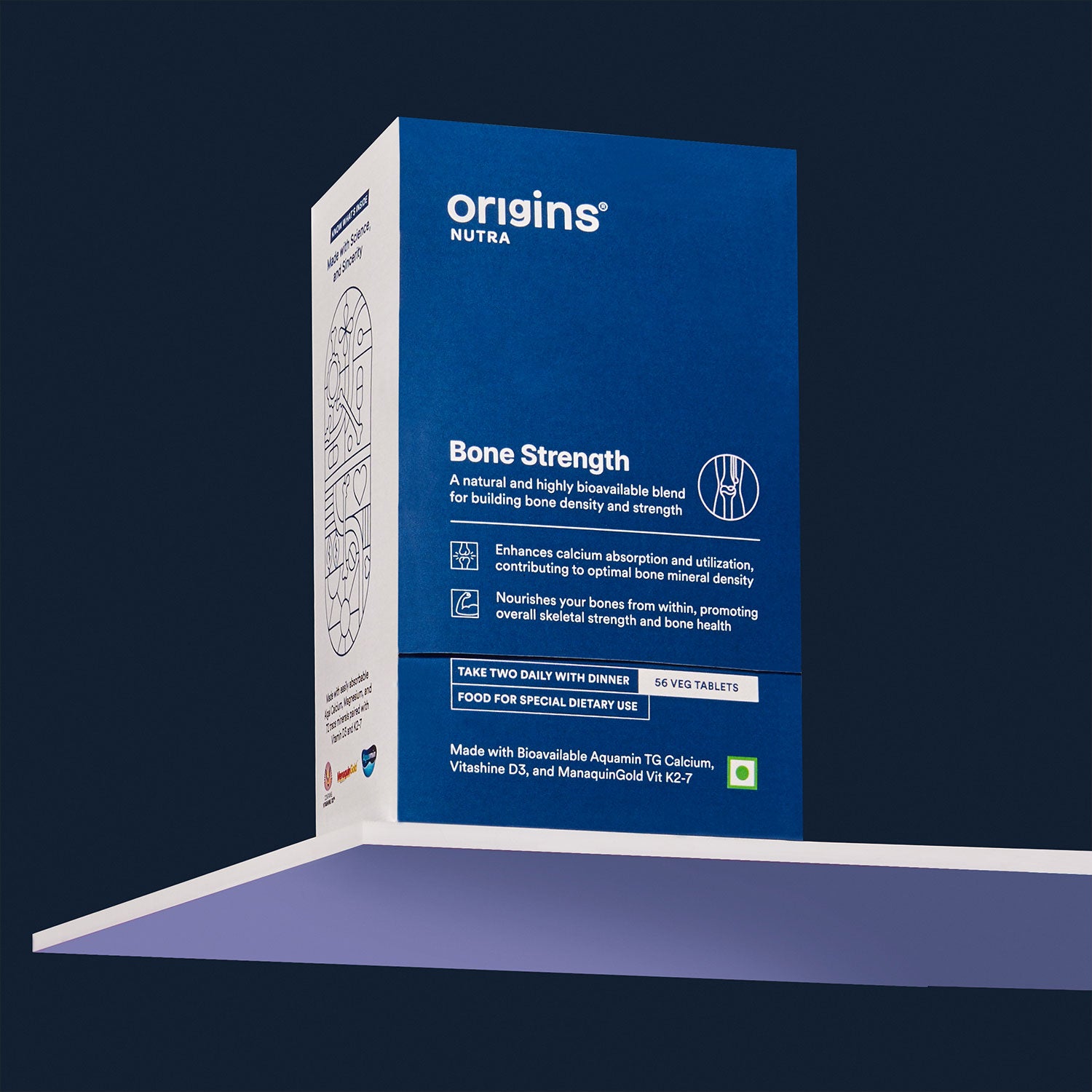
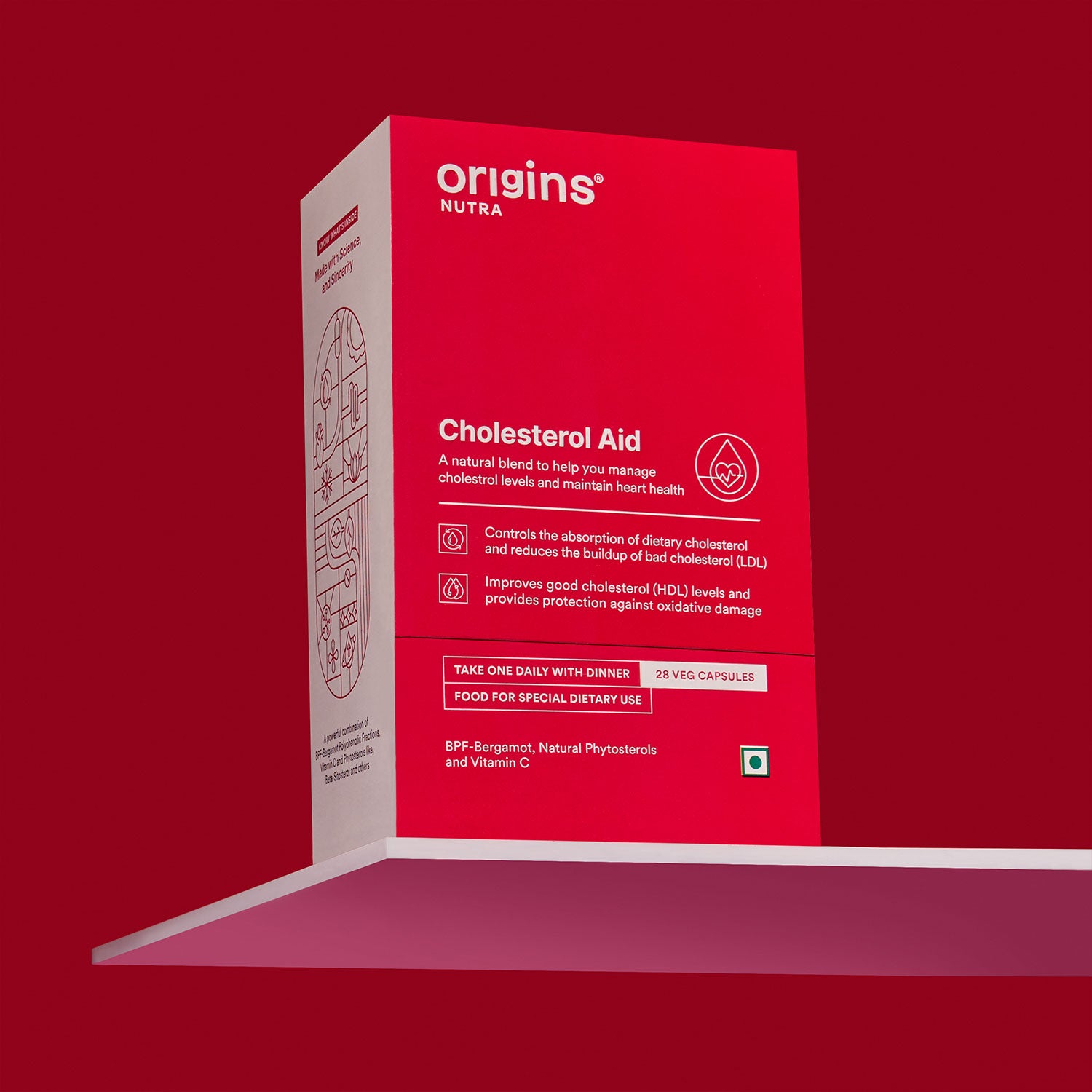

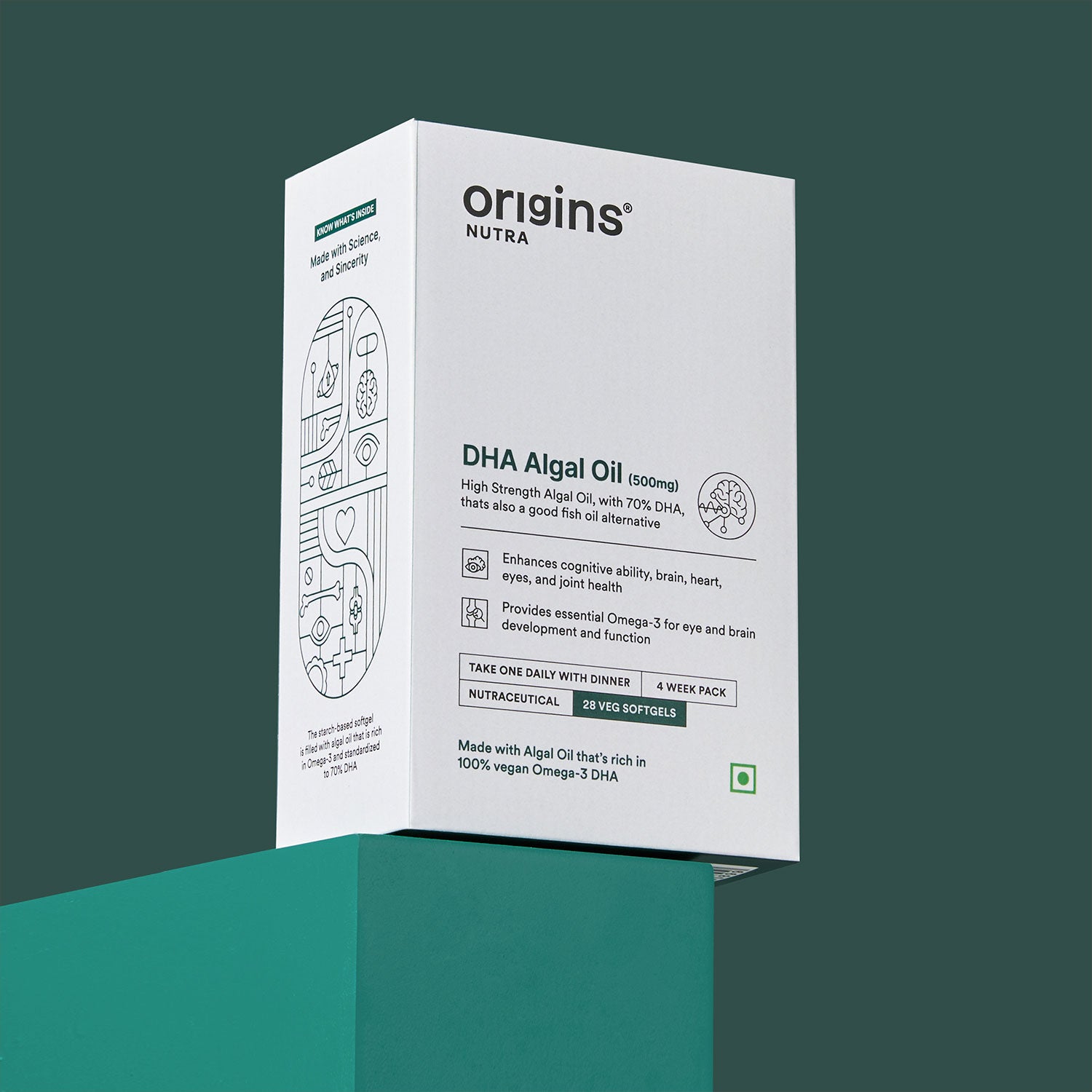

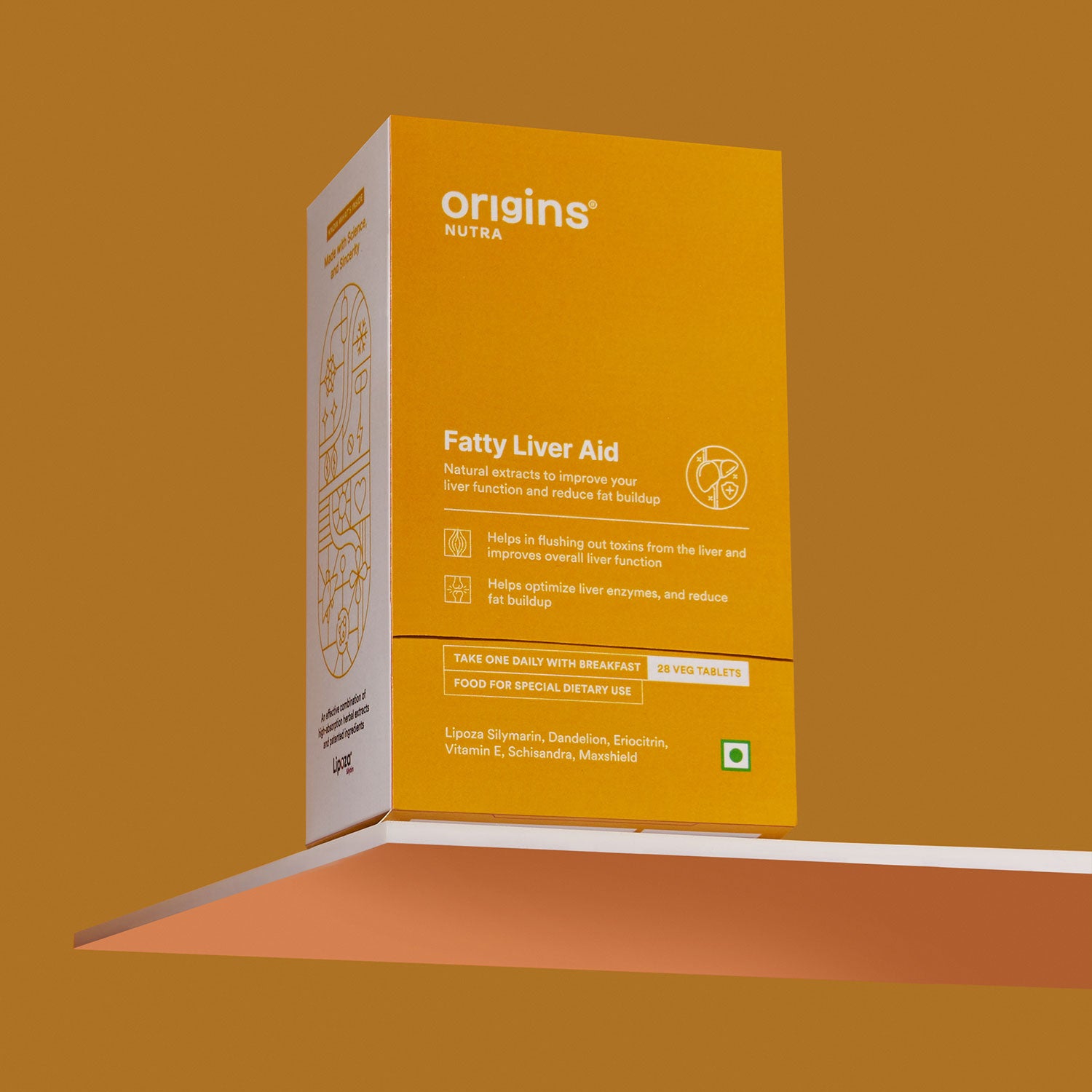
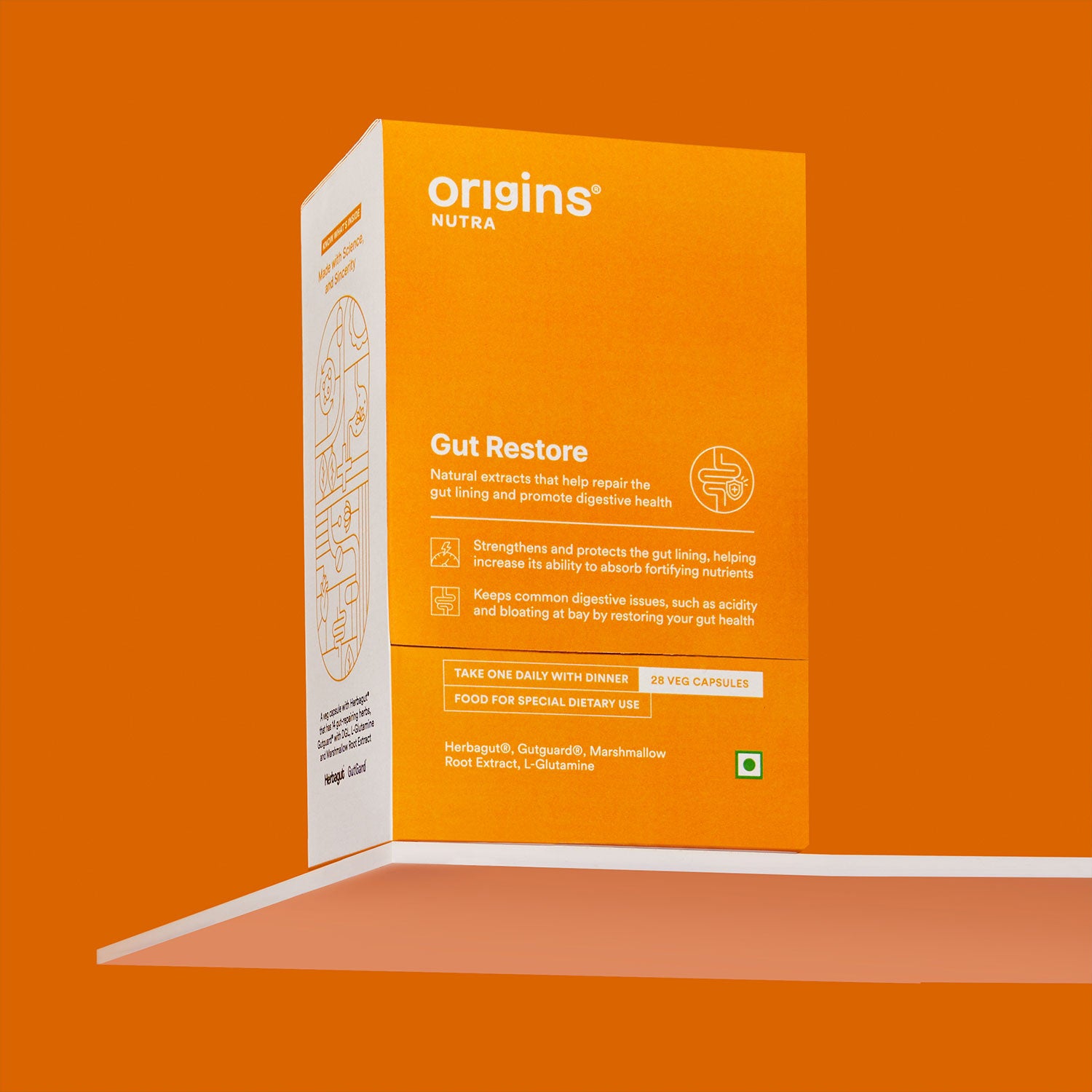
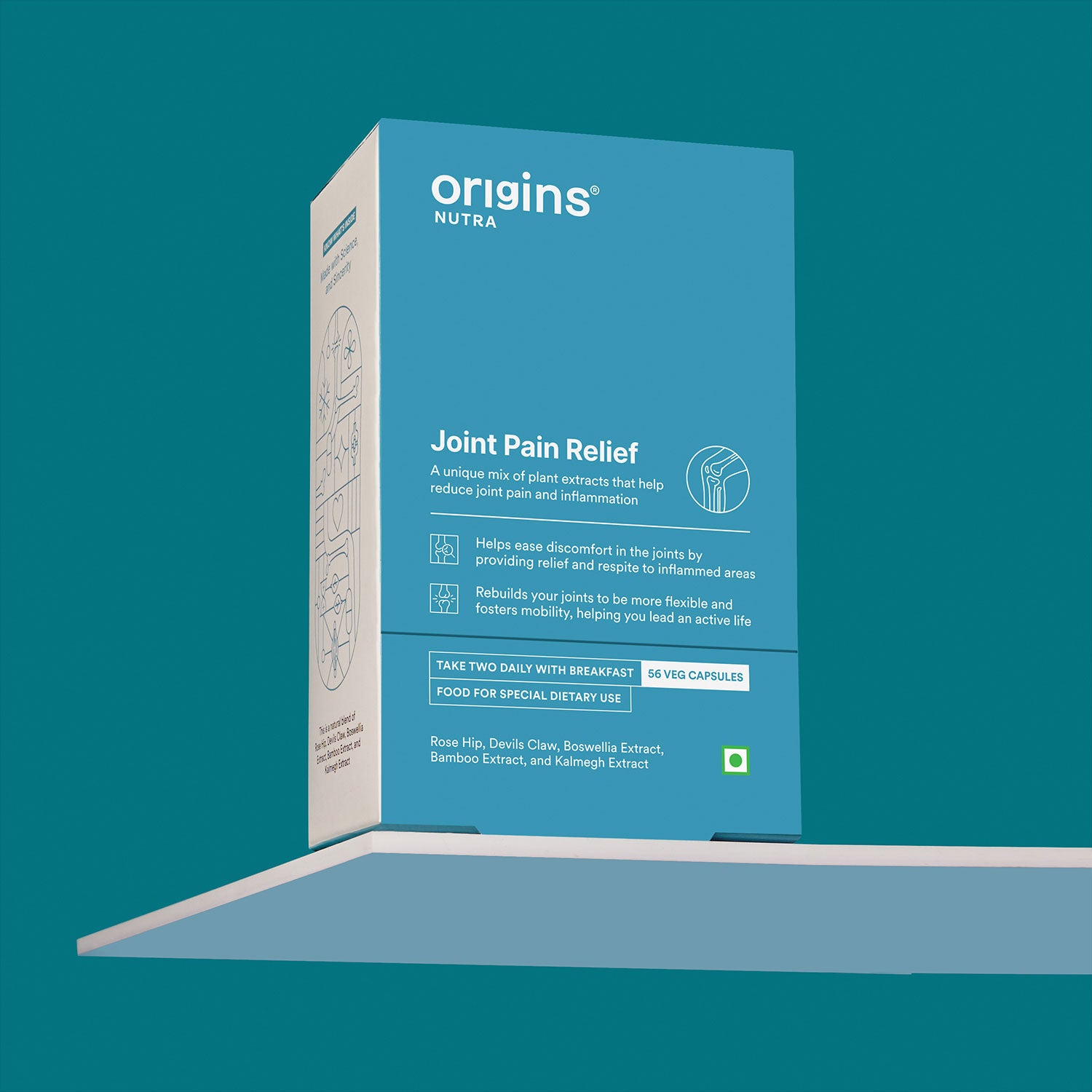
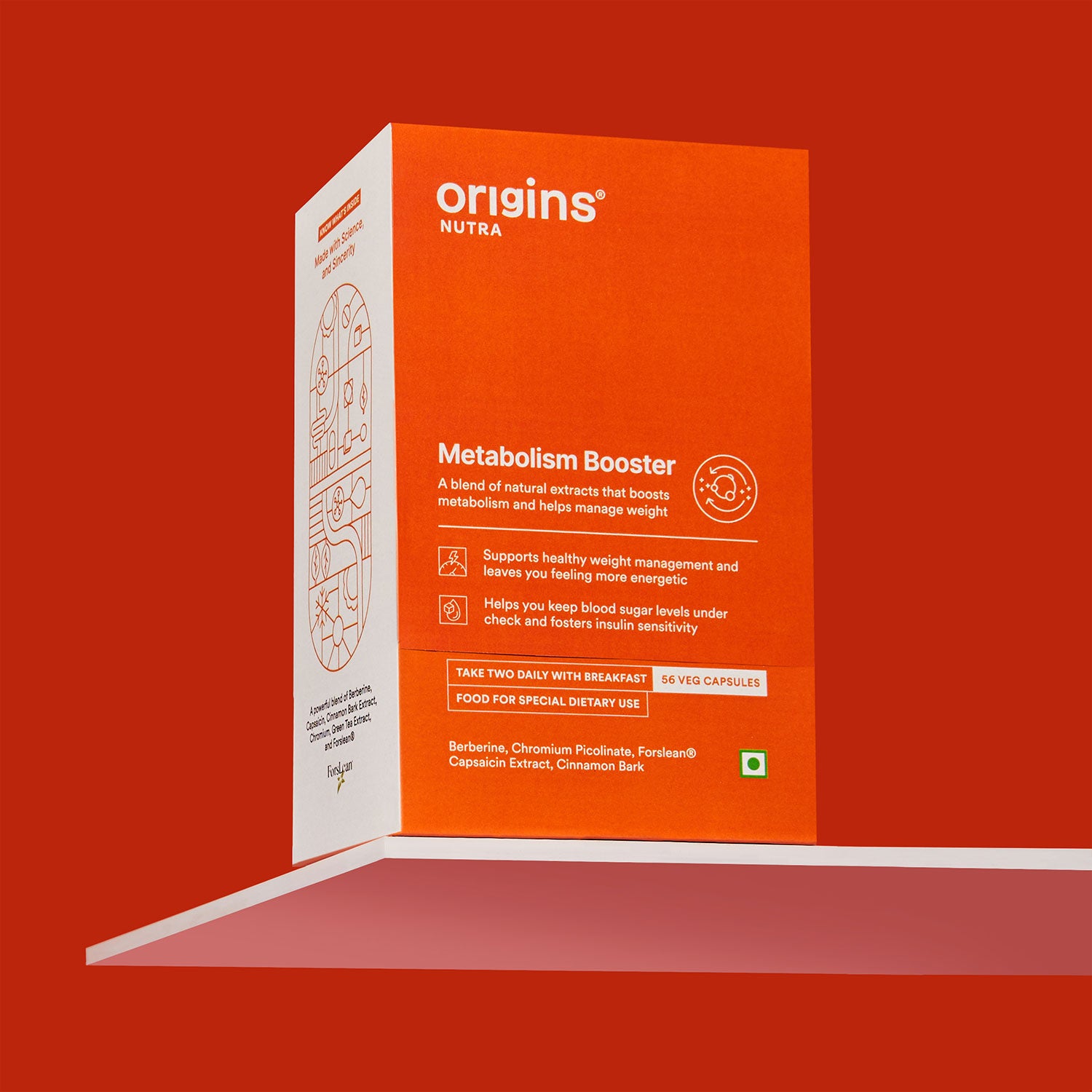
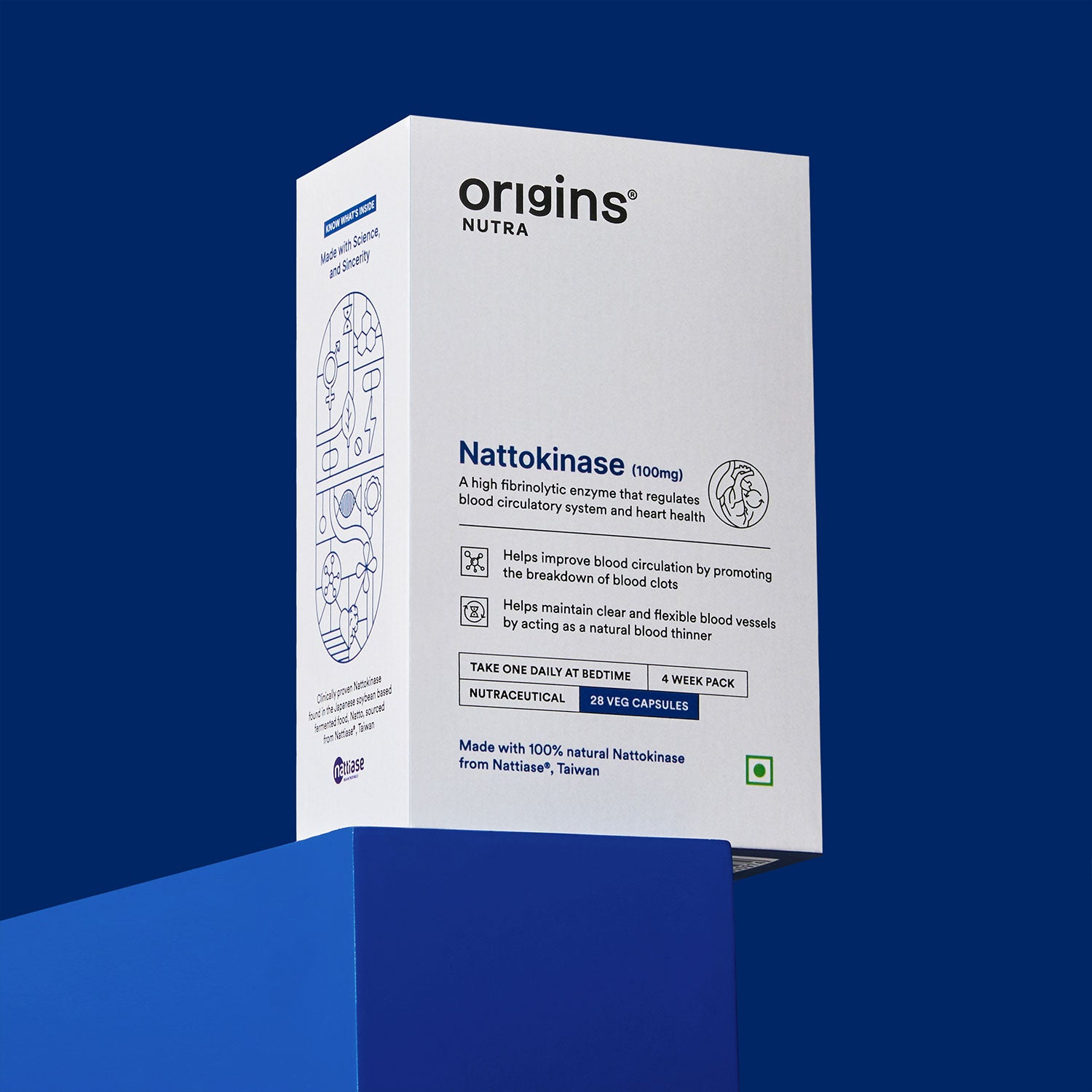

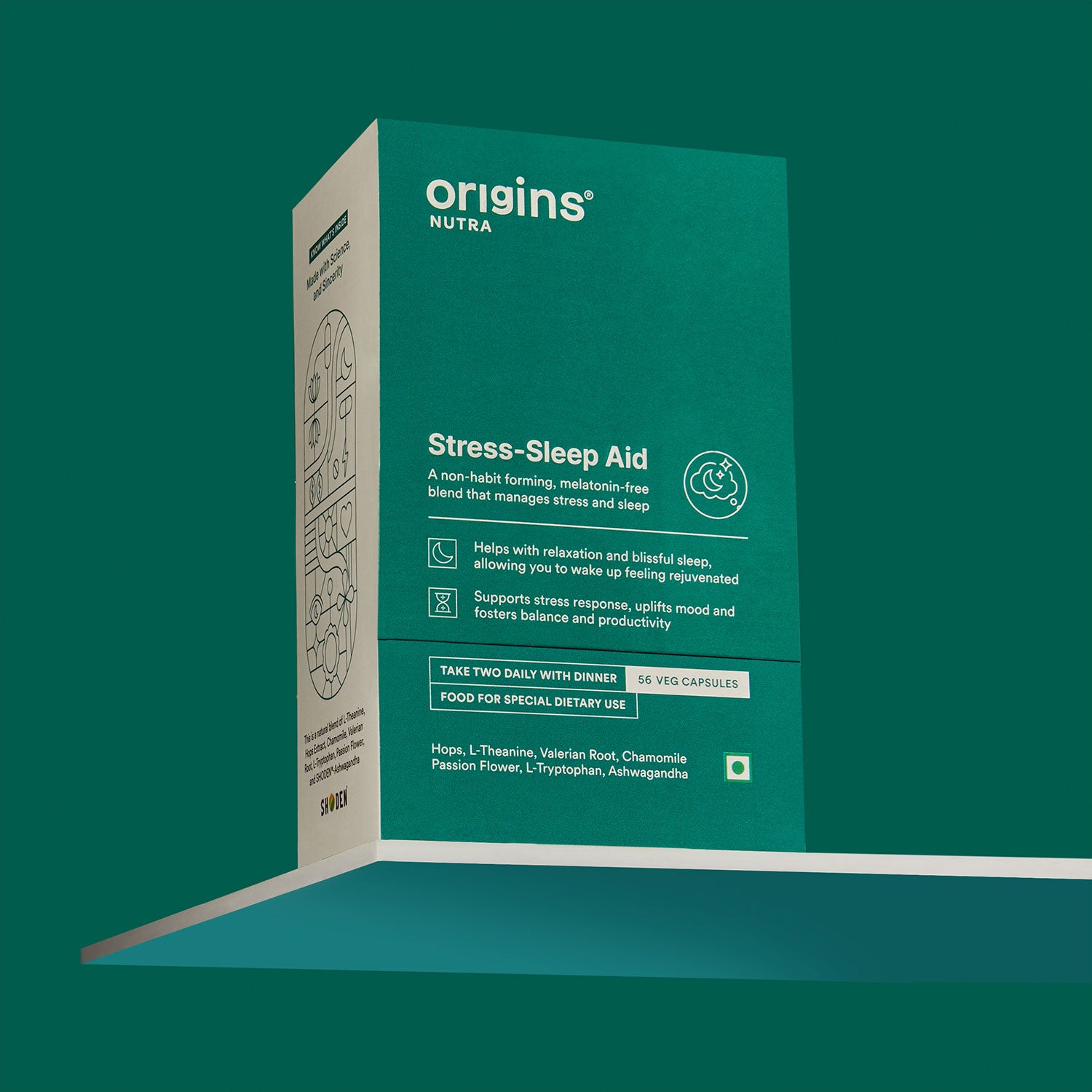
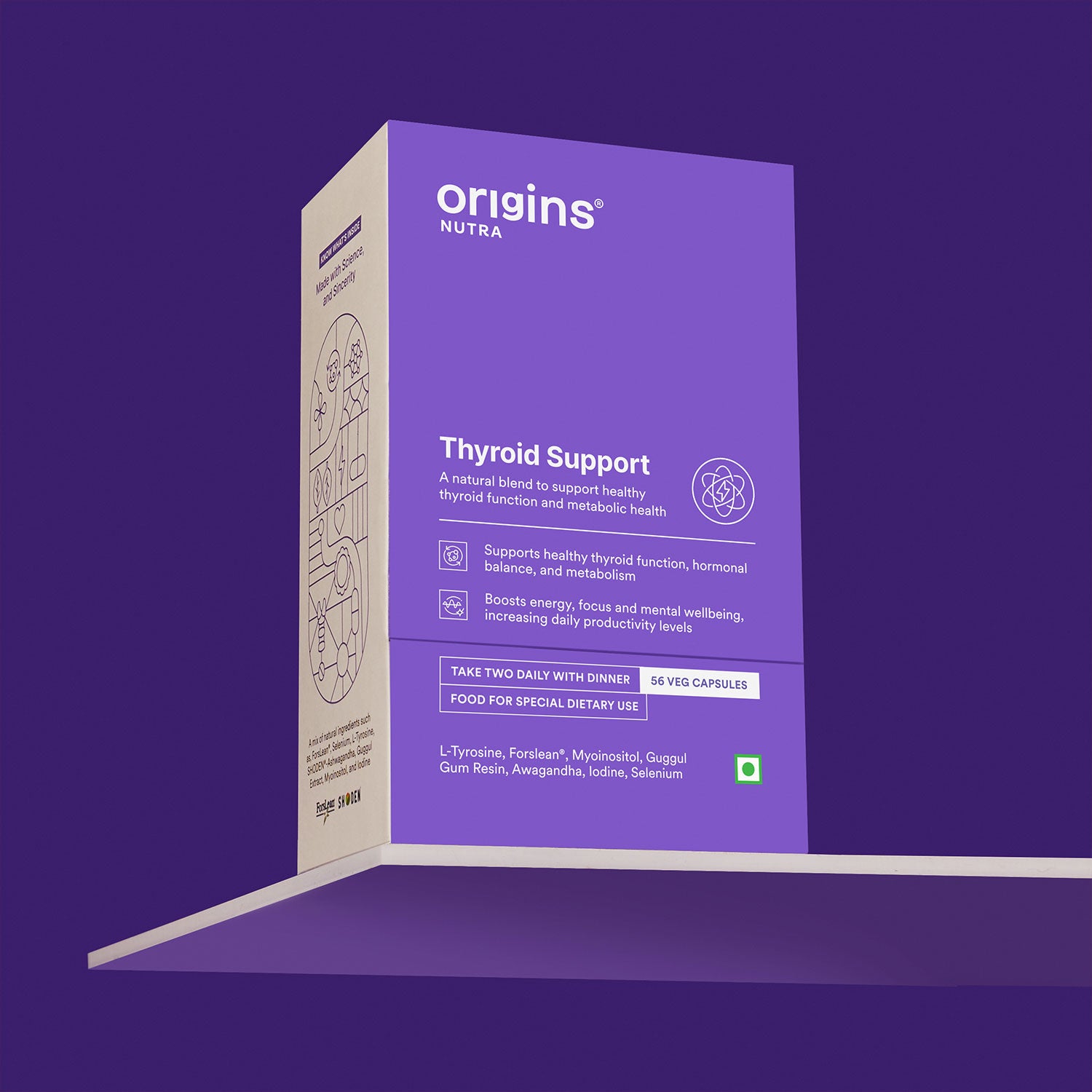
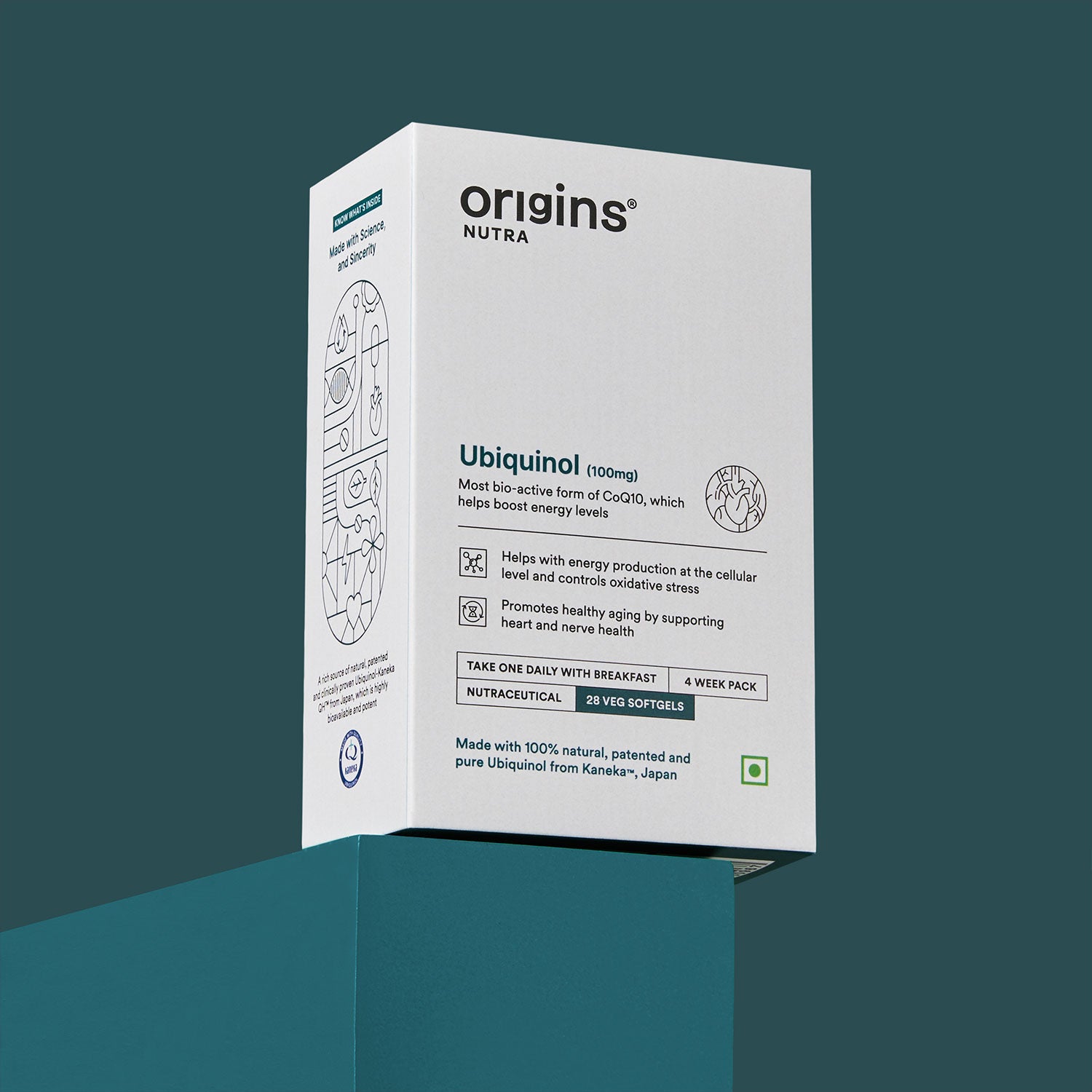





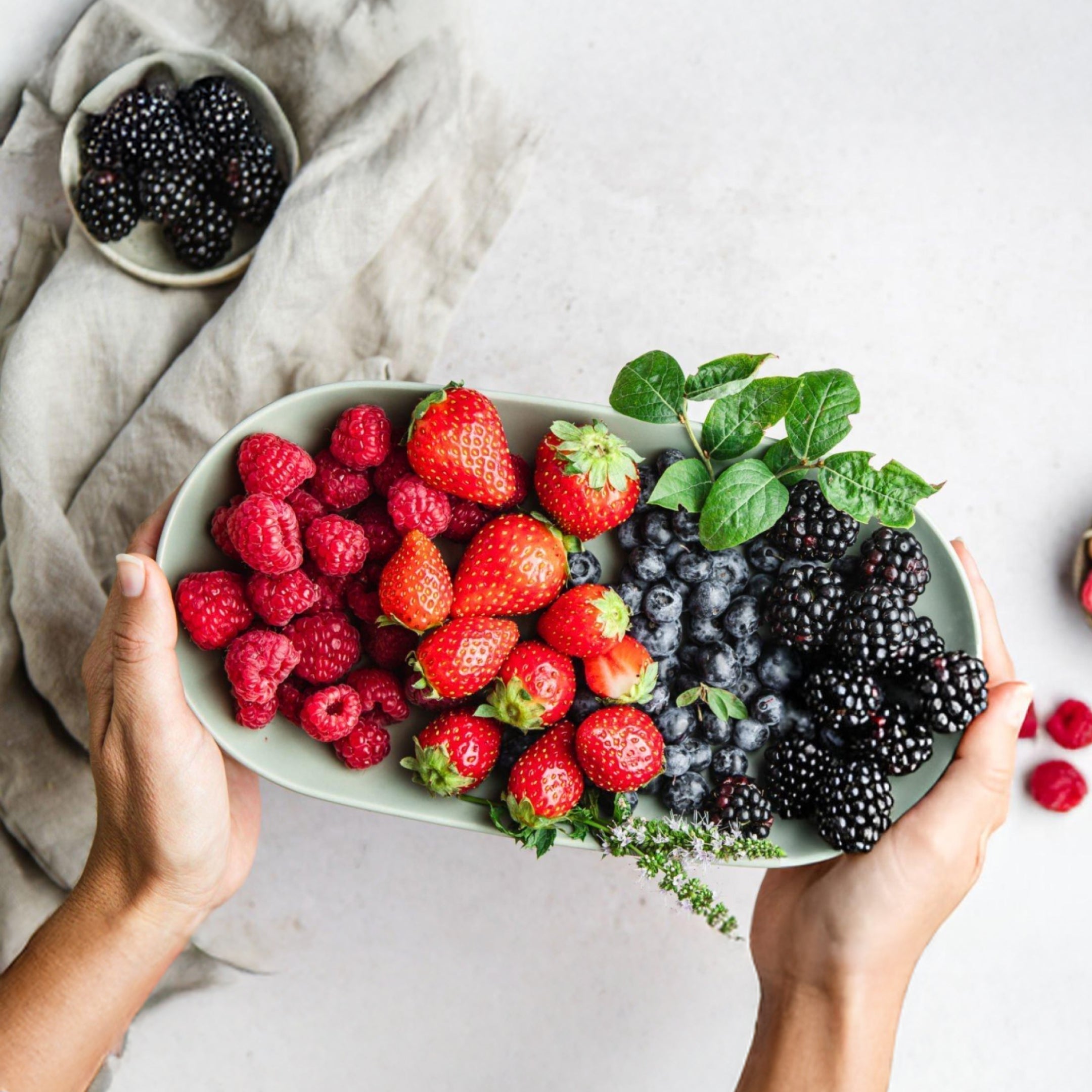

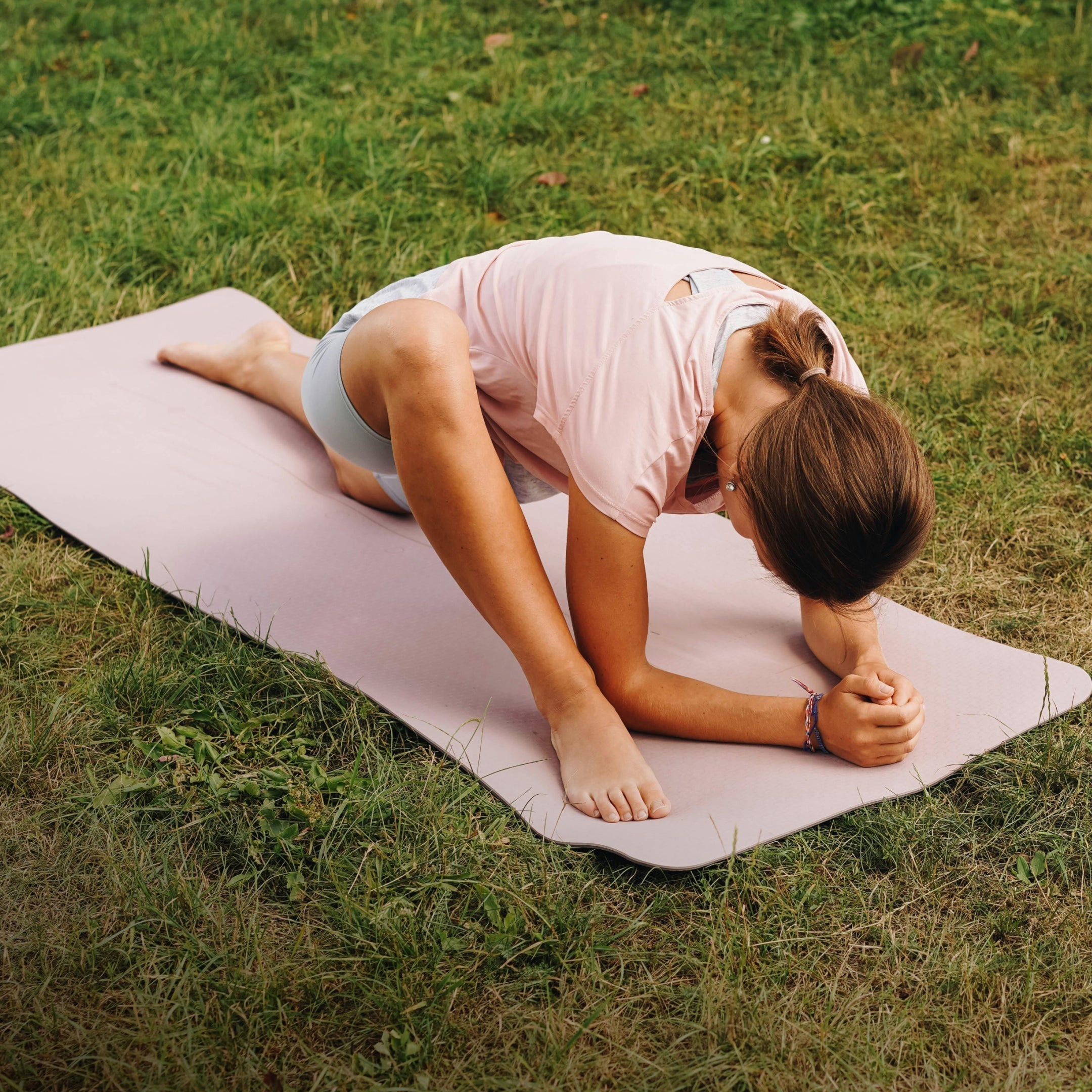

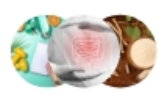
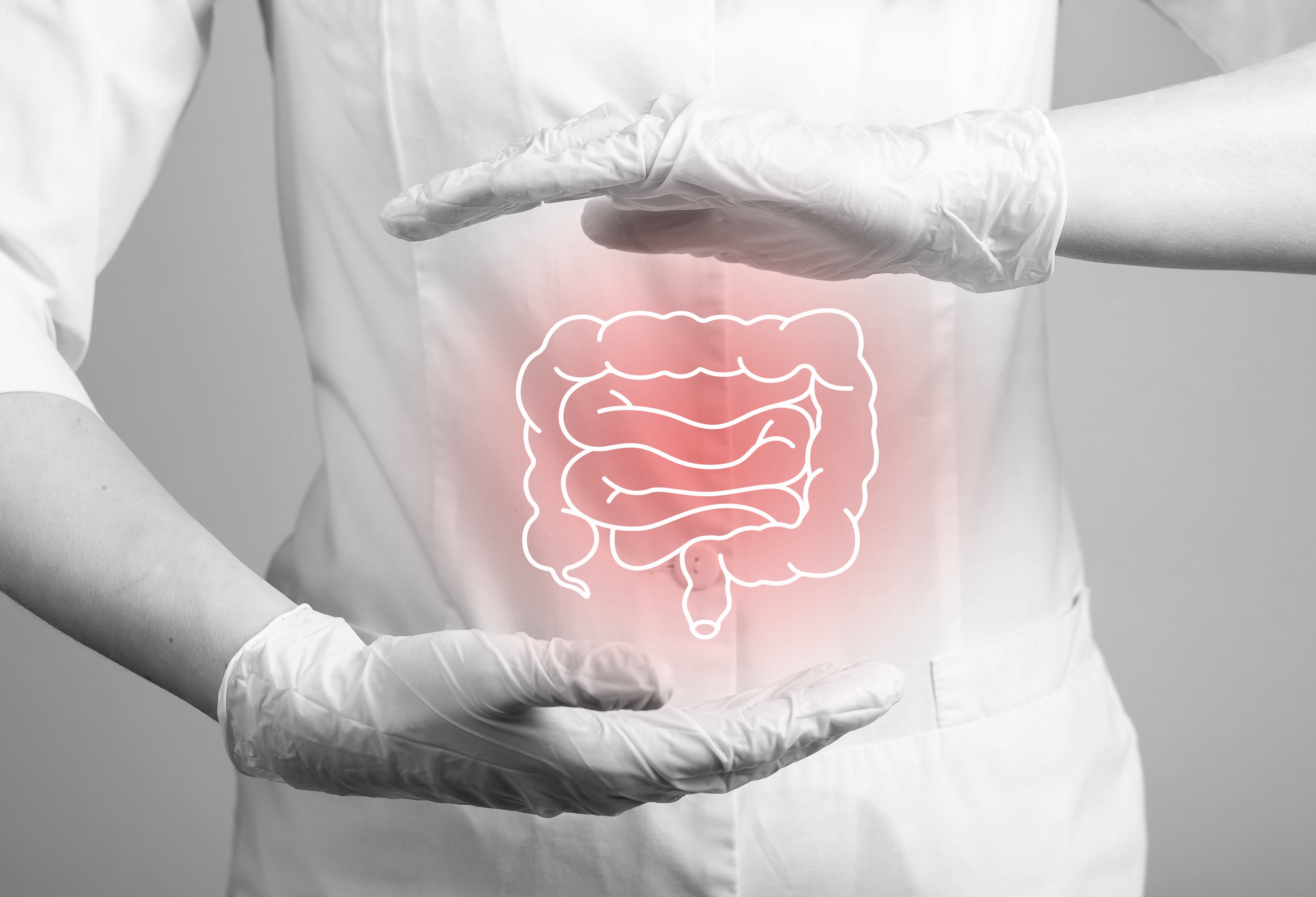
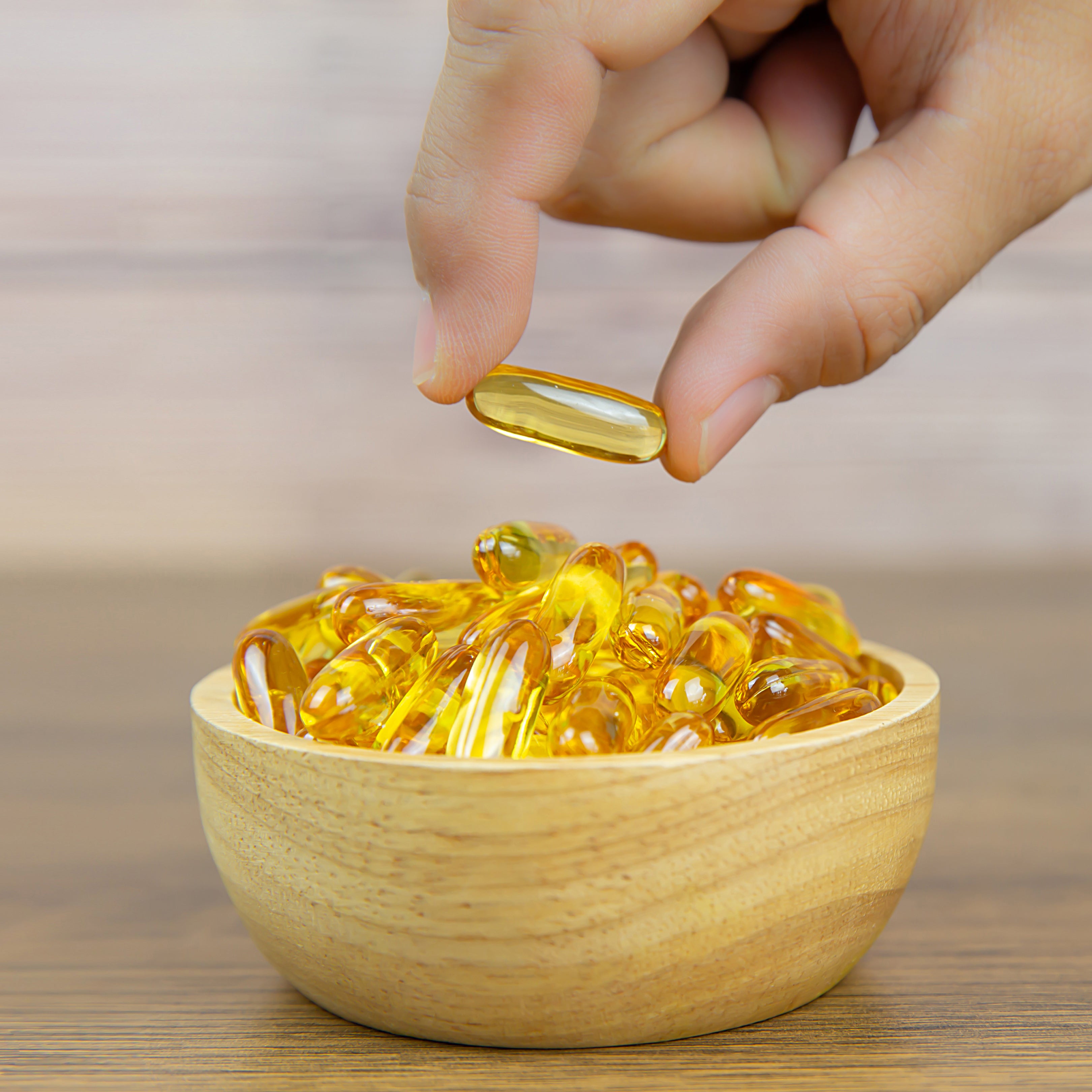
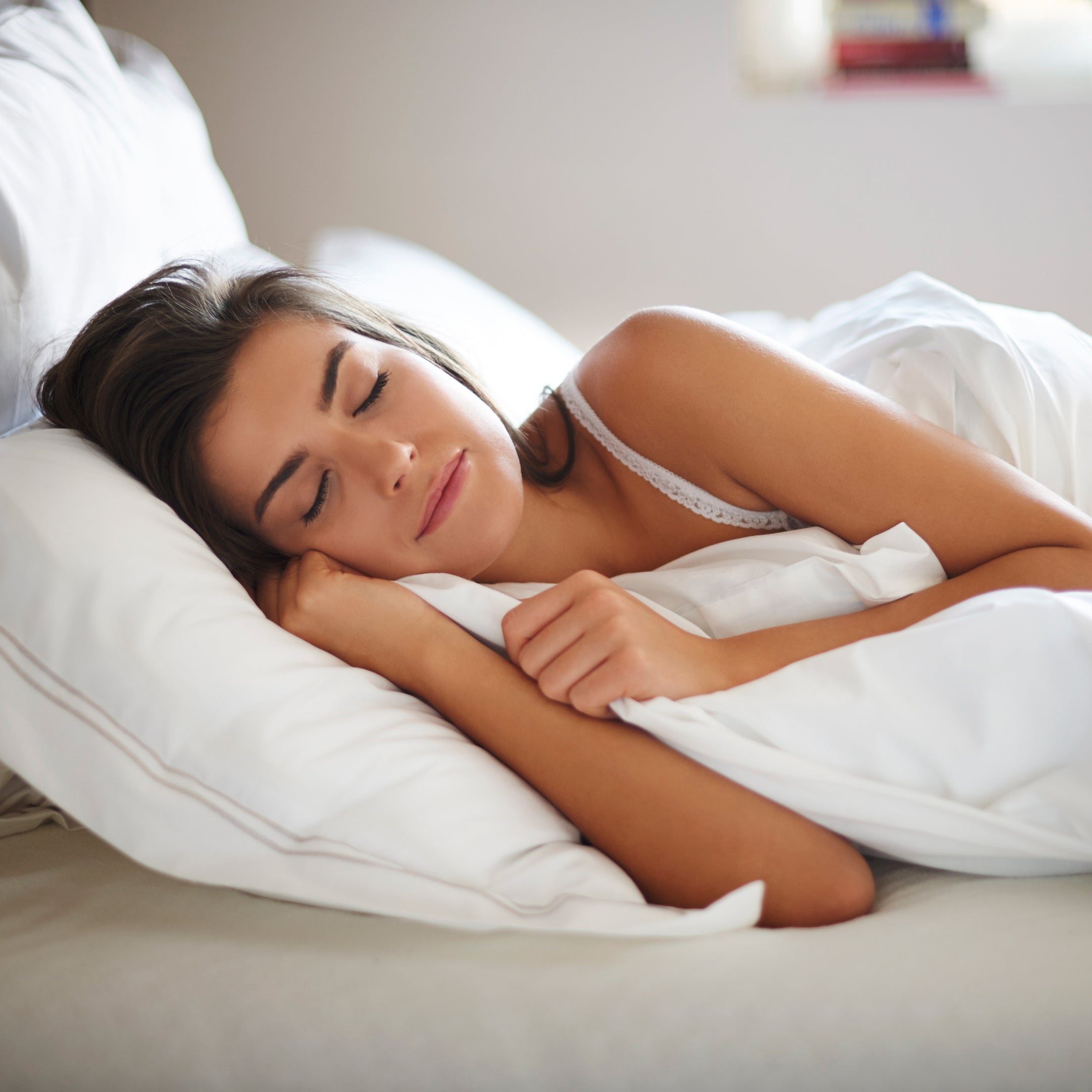

Leave a comment